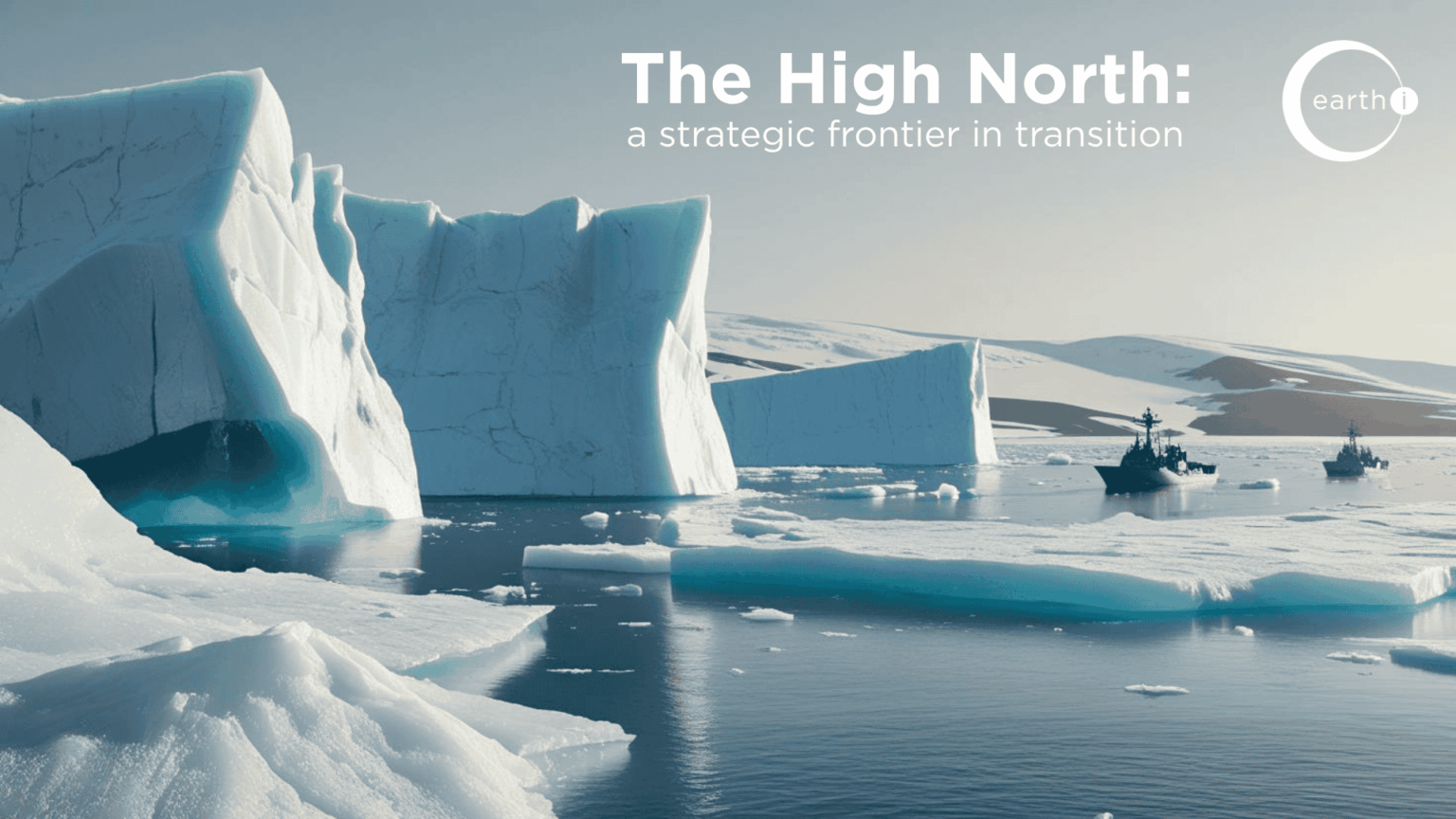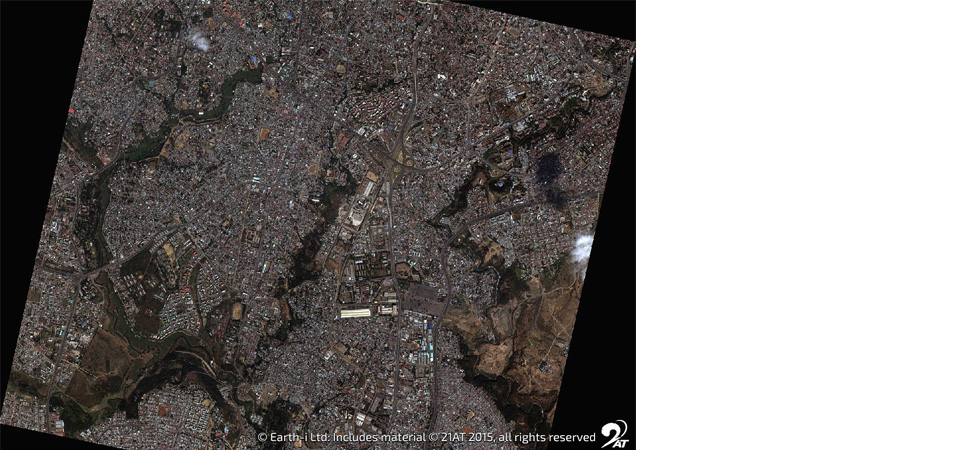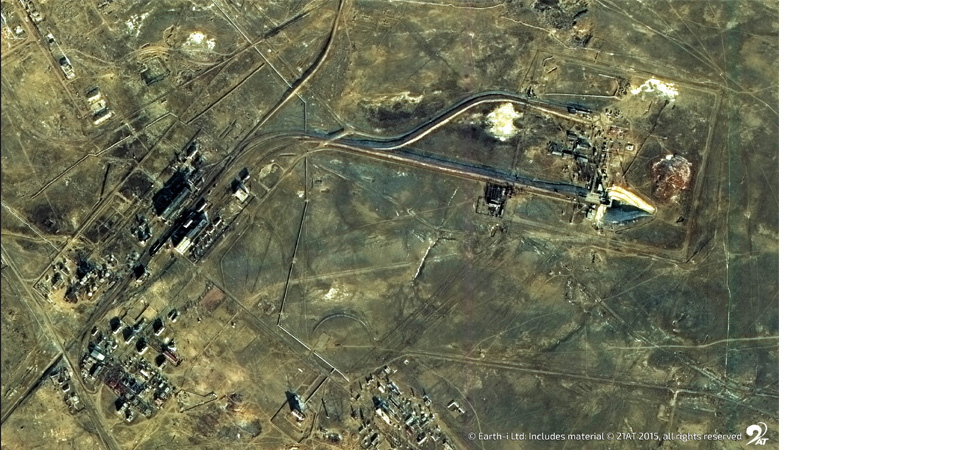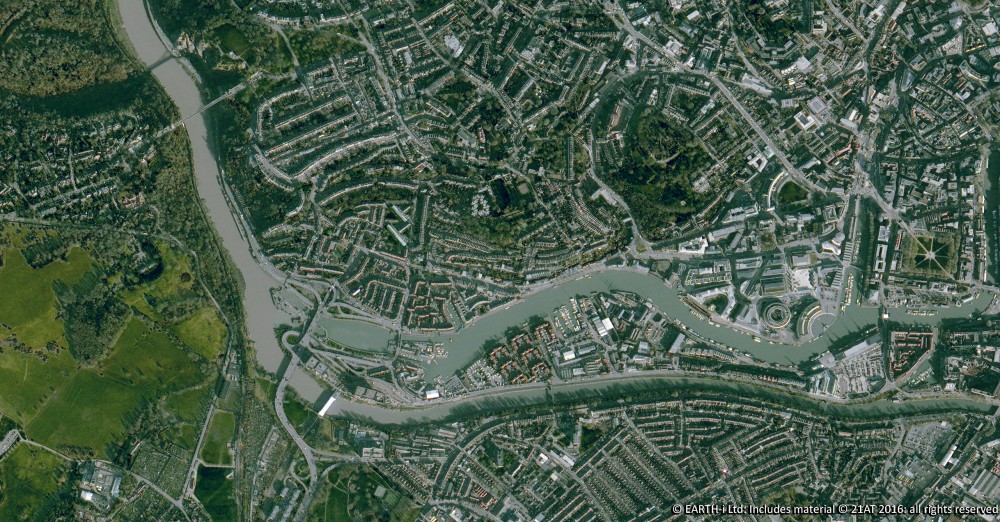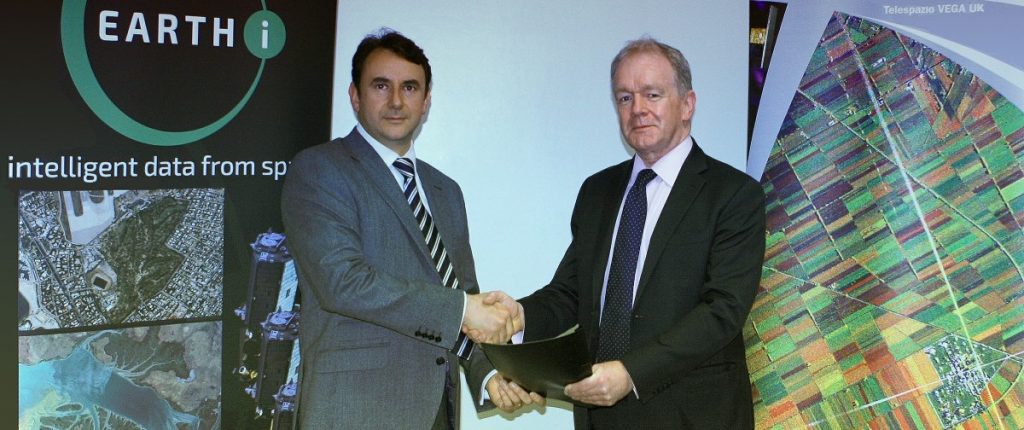“Now, as competition between NATO, the Russian Federation, and the People’s Republic of China heats up, the Arctic is well-understood as a military domain influenced by space— the latest DoD Arctic Strategy, released in July 2024, mentions space capabilities nineteen times; an increase from thirteen mentions in the 2019 edition. The US and China currently operate independent military branches dedicated to space (the US Space Force—which has a base in Greenland—and the People’s Liberation Army Aerospace Force), while the Russian military is quick to demonstrate and deploy offensive space capabilities.”
US Department of Defence, Arctic Strategy, July 2024
The Arctic: A new era of strategic understanding
The Arctic is no longer a distant, frozen periphery. It is rapidly emerging as a region of strategic contest, environmental volatility, and technological opportunity. In a world where nation concepts of security, stability and prosperity seem more fluid than ever, the Arctic’s transformation demands a clear, integrated response that leverages commercial innovation, space-enabled intelligence, and environmental responsibility.
In this evolving domain, understanding is power; Earth-i Defence, Security and Intelligence can deliver that decision advantage.
Strategic Context: A Rapidly Changing Arctic
The Arctic is undergoing profound change. Climate change is heating the region at more than twice the global average, melting ice, opening new sea lanes, and reshaping ecosystems. These environmental shifts are unlocking previously inaccessible shipping routes and vast reserves of oil, gas, and rare earth minerals, sparking renewed interest from global powers.
This change is not purely environmental. Russia has revitalised its Arctic military infrastructure, modernised airfields, and resumed strategic patrols. China, though a non-Arctic state, has declared itself a “near-Arctic power,” advancing scientific, diplomatic, and commercial efforts through initiatives like the Polar Silk Road. Meanwhile, NATO has expanded its footprint with Finland and Sweden joining the alliance, binding Arctic security more tightly to broader European defence strategies.
For the UK, the High North represents a convergence of opportunity and challenge. The region is becoming a testbed for hybrid threats – from cyberattacks to satellite interference – and a barometer for global competition.
Resilience, awareness, and rapid decision-making are now non-discretionary strategic capabilities.
Space as a strategic foundation
To navigate this complexity, space-based systems are not optional; they are foundational.
The Arctic’s geography uniquely enables access to polar orbits, which provide near-global satellite coverage and are essential for Earth observation, communications, weather forecasting, and reconnaissance. Ground stations in high-latitude locations such as Norway and Sweden enable frequent data downlinks and real-time interaction with orbiting platforms.
But Arctic conditions – harsh weather, prolonged darkness, limited infrastructure – demand rugged, responsive systems. The strategic premium is no longer about presence; it’s about persistence. Satellites and space infrastructure must be capable of delivering continuous, high-quality data in an environment that defies conventional approaches.
Crucially, this space-based data must move off being purely observational; it must be actionable. It must deliver decision advantage, turning data derived across a vast, complex region into clear operational insight.
Whether in defence planning, environmental stewardship, or maritime safety, space-derived intelligence enables faster, smarter choices.
Earth-i: delivering decision advantage
Earth-i, one of the UK’s leading geospatial intelligence providers, provides pivotal solutions, delivering high-resolution Earth observation combined with advanced analytics to transform raw data into strategic insight.
From tracking maritime traffic and sea ice conditions to monitoring military deployments and environmental change, Earth-i enables rapid, evidence-based understanding of the Arctic domain. Harnessing the latest techniques and technology, and blending them with AI-driven analysis, Earth-i offers:
- persistent surveillance of key areas and assets;
- predictive analytics to anticipate environmental and operational trends; and,
- rapid responsiveness, adapting to evolving priorities across defence, commercial, and humanitarian needs.
In a theatre where ambiguity and speed collide, Earth-i’s capabilities offer an assured, sovereign-aligned, scalable solution. This is not about replacing traditional assets. It’s about complementing and enhancing them. Earth-i’s agility bridges the gap between real-time need and decision-maker readiness, enabling operational foresight, not just hindsight.
Environmental Intelligence: securing the Arctic ecosystem
Strategic understanding must also extend beyond military posture. The Arctic is a living warning system for global climate change. Melting sea ice, thawing permafrost, and shifting biodiversity patterns require constant monitoring – and satellite data provides the most effective means of doing so.
Earth-i’s capabilities enable high-resolution environmental observation that supports:
- climate change monitoring, contributing to global modelling and policy;
- search and rescue coordination, as maritime traffic increases; and,
- pollution tracking and response, including oil spills and industrial discharge.
These insights support both national security and sustainable development. In regions where physical presence is limited, satellite intelligence becomes the primary means of cooperation and shared responsibility.
Conclusion: vision from above, control on the ground
The High North is no longer defined by isolation, but by its centrality to global trends. Climate, competition, and connectivity all converge here, and the ability to understand and anticipate these shifts will determine who shapes the Arctic’s future.
The space domain offers not just tools, but advantage.
Earth-i embed satellite-derived understanding at the heart of your regional strategy.
This isn’t about seeing more, it’s about deciding better, faster, and smarter.
In a region where ambiguity reigns, decision advantage begins with vision from above.

